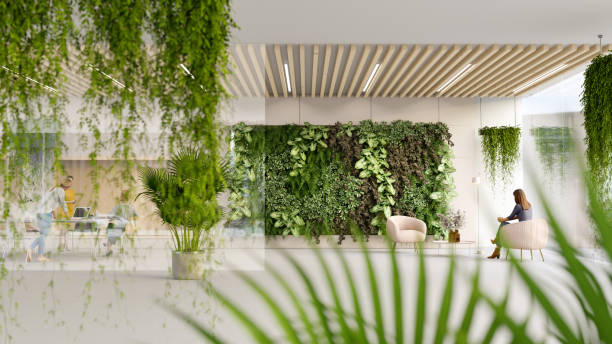In today’s world, eco-friendly construction is not just a trend but a necessity. With growing concerns about climate change and environmental degradation, adopting eco-friendly construction best practices has become essential for both homeowners and real estate developers. This article will explore the various methods and strategies for building sustainably, ensuring minimal environmental impact while maximizing energy efficiency.

Introduction to Eco-Friendly Construction
Eco-friendly construction refers to building practices that reduce the environmental impact of construction activities. These practices focus on sustainable development, conserving energy, and using resources efficiently. By considering the environmental impacts of construction from the planning stage through to completion, builders can significantly reduce the carbon footprint associated with their projects.
Why Choose Eco-Friendly Construction?
There are multiple benefits to choosing eco-friendly construction methods. These include reduced energy consumption, lower operating costs, and an overall healthier living environment. Additionally, green construction practices can increase property value, making them an attractive option for both developers and homeowners.
Energy Efficiency
Energy efficiency is one of the cornerstone principles of eco-friendly construction. By incorporating technologies such as solar panels, energy-efficient windows, and high-performance insulation, builders can create homes that require significantly less energy to heat and cool.
Material Choices
Choosing the right materials is essential for sustainable construction. Materials that are local, recycled, or rapidly renewable can drastically reduce the environmental impact of a build. Examples include bamboo flooring, recycled steel, and reclaimed wood.
Best Practices in Eco-Friendly Construction
Sustainable Site Planning
Site planning is crucial to reducing construction’s environmental impact. By planning the project to minimize land disturbance and utilizing natural land features, builders can preserve existing ecosystems. Consider reading more about sustainable building to learn techniques that work harmoniously with the landscape.
Water Conservation
The implementation of water-efficient technologies and practices can significantly cut down on water use. Installing low-flow faucets, dual-flush toilets, and rainwater harvesting systems are great ways to conserve water.
Indoor Air Quality
Using non-toxic paints, adhesives, and sealants contribute to improved indoor air quality. It is important to choose materials that do not release harmful chemicals into the air.
Technological Advances in Sustainable Building
Smart Home Features
Incorporating smart technology ensures energy efficiency and conserves resources, enhancing the sustainability of the home. Smart thermostats, for instance, adjust the temperature according to occupancy, thus saving energy.
Renewable Energy Systems
Renewable energy sources like solar, wind, and geothermal should be integral to green construction practices. Homes powered by renewable energy reduce dependence on fossil fuels and decrease greenhouse gas emissions.
Challenges and Solutions
High Initial Costs
One of the challenges of eco-friendly construction is the higher upfront costs. However, the long-term savings and benefits often outweigh these initial expenses.
Lack of Awareness and Education
Many builders and consumers are not fully aware of the benefits and methods of green building. Initiatives focused on education and outreach can increase awareness and adoption rates of these sustainable practices.
Conclusion
The transition to eco-friendly construction practices is imperative for a sustainable future. As technologies advance and awareness grows, it is becoming easier and more feasible for builders to adopt these best practices. By prioritizing sustainability, we can create healthier, more efficient, and eco-friendly living spaces.
For more insights on sustainable practices, visit Green Building Insights.
Exploring Further
If you’re interested in a deeper dive into sustainable building, consider exploring articles on building sustainably and the latest construction trends in sustainability.

FAQ Section
What is Eco-Friendly Construction?
Eco-friendly construction is about using methods and materials that are safe for the environment and reduce the carbon footprint of the building process.
How Can Homeowners Benefit from Sustainable Building?
Homeowners benefit from lower energy bills, improved indoor air quality, and increased property value. Sustainable homes are healthier and more efficient.
Is Green Construction Cost-Effective?
Although the initial costs might be higher, green construction offers long-term savings and increases resale value, making it cost-effective in the long term.
This article contains affiliate links. We may earn a commission at no extra cost to you.



